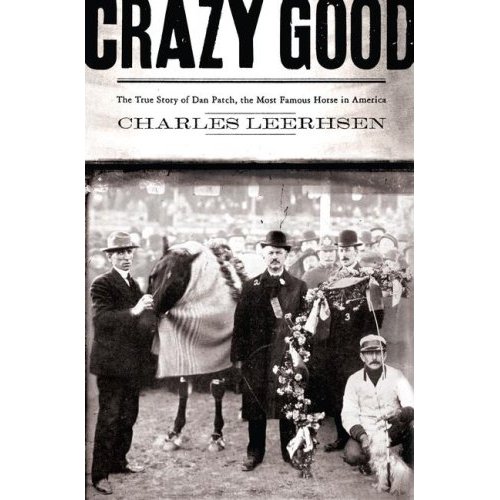Horsepower still turned the wheels of the economy in 1900, when horse racing reigned as America’s favorite sport. While Thoroughbreds were elite “Formula One” models, trotters and pacers were the NASCAR racers of the day. The NBA’s Indiana Pacers derived their name from the state’s wildly popular harness racers, among whom Dan Patch was the best.
Foaled in 1896, in Oxford, IN, Dan Patch became a cultural icon and the first celebrity sports endorser, with his name on breakfast cereals, washing machines, razors and cigars. He drew crowds of more than 100,000 fans and earned $1 million a year, when Ty Cobb, the era’s highest paid baseball player, was making $12,000.
 Charles Leerhsen, in his recently published biography Crazy Good, transports us back to small town Mid-America, where the young Dan Patch pulled a grocery wagon for his breeder, Daniel Messner Jr. and made his racing debut as a 4-year-old, at the Benton County Fair.
Charles Leerhsen, in his recently published biography Crazy Good, transports us back to small town Mid-America, where the young Dan Patch pulled a grocery wagon for his breeder, Daniel Messner Jr. and made his racing debut as a 4-year-old, at the Benton County Fair.
Although Dan Patch never lost a race – his world record for the mile would not be surpassed for decades – some of his races were rigged so that large amounts of money could change hands. Messner was eventually intimidated into selling Dan Patch and the famous stallion spent the second half of his career touring the country in a plush private railroad car for former snake oil salesman M.W. Savage, who built a fortune on International Stock Food, promoted “to allow animals to digest 70 to 75 percent of their food, instead of the usual 55 percent.”
Dan Patch lived to be 16 and never sired anything that approached his ability. But his story is a fascinating slice of American history and a “crazy good” read.
